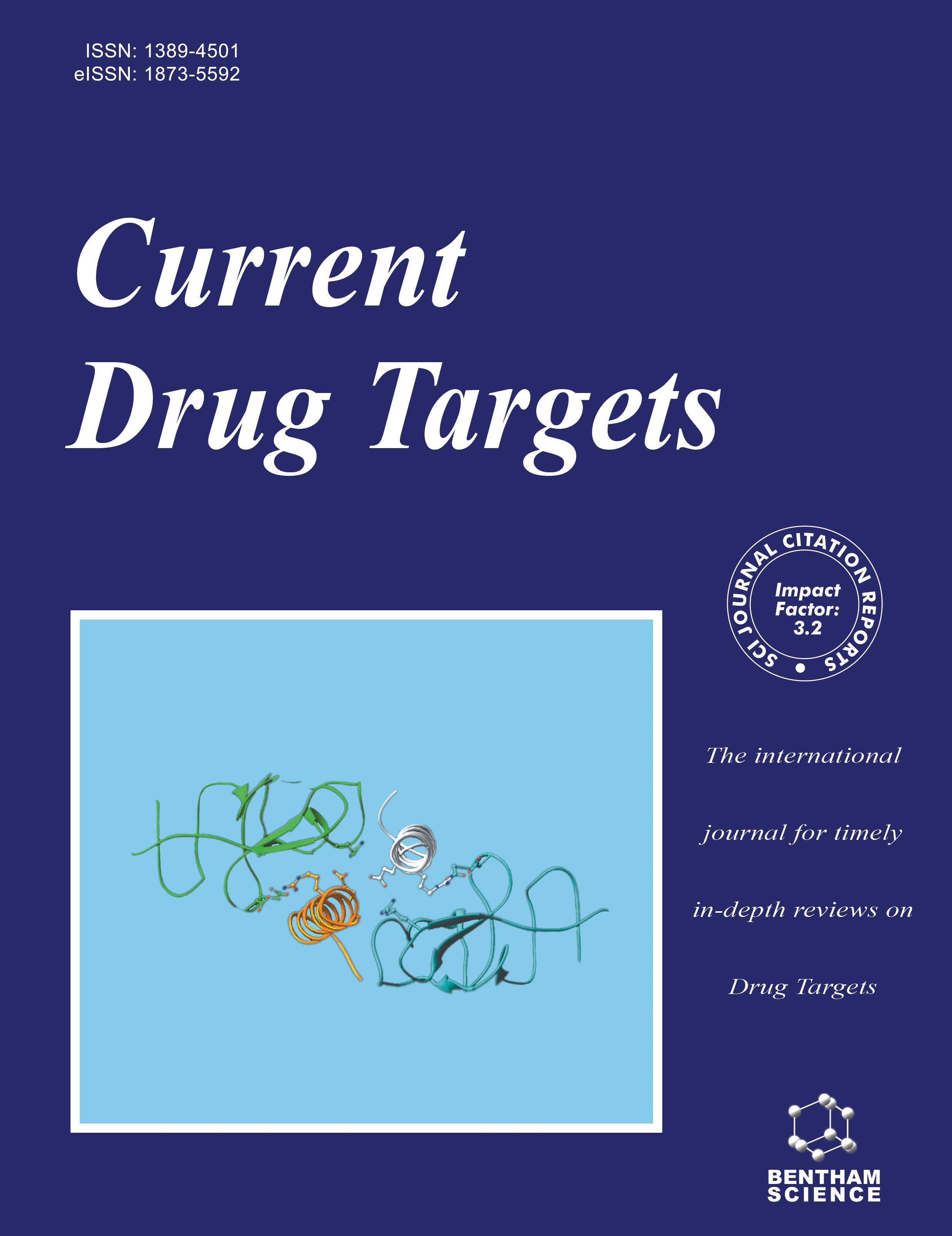
Full text loading...
We use cookies to track usage and preferences.I Understand
Parkinson's disease (PD) is a progressive neurodegenerative disorder that impacts a significant portion of the population. Despite extensive research, an effective cure for PD remains elusive, and conventional pharmacological treatments often face limitations in efficacy and management of symptoms. There has been a lot of discussion about using nanotechnology to increase the bioavailability of small- molecule drugs to target cells in recent years. It is possible that PD treatment might become far more effective and have fewer side effects if medication delivery mechanisms were to be improved. Potential alternatives to pharmacological therapy for molecular imaging and treatment of PD may lie in abnormal proteins such as parkin, α-synuclein, leucine-rich repeat serine and threonine protein kinase 2. Published research has demonstrated encouraging outcomes when nanomedicine-based approaches are used to address the challenges of PD therapy. So, to address the present difficulties of antiparkinsonian treatment, this review outlines the key issues and limitations of antiparkinsonian medications, new therapeutic strategies, and the breadth of delivery based on nanomedicine. This review covers a wide range of subjects, including drug distribution in the brain, the efficacy of drug-loaded nano-carriers in crossing the blood-brain barrier, and their release profiles. In PD, the nano-carriers are also used. Novel techniques of pharmaceutical delivery are currently made possible by vesicular carriers, which eliminate the requirement to cross the blood-brain barrier (BBB).

Article metrics loading...

Full text loading...
References


Data & Media loading...

